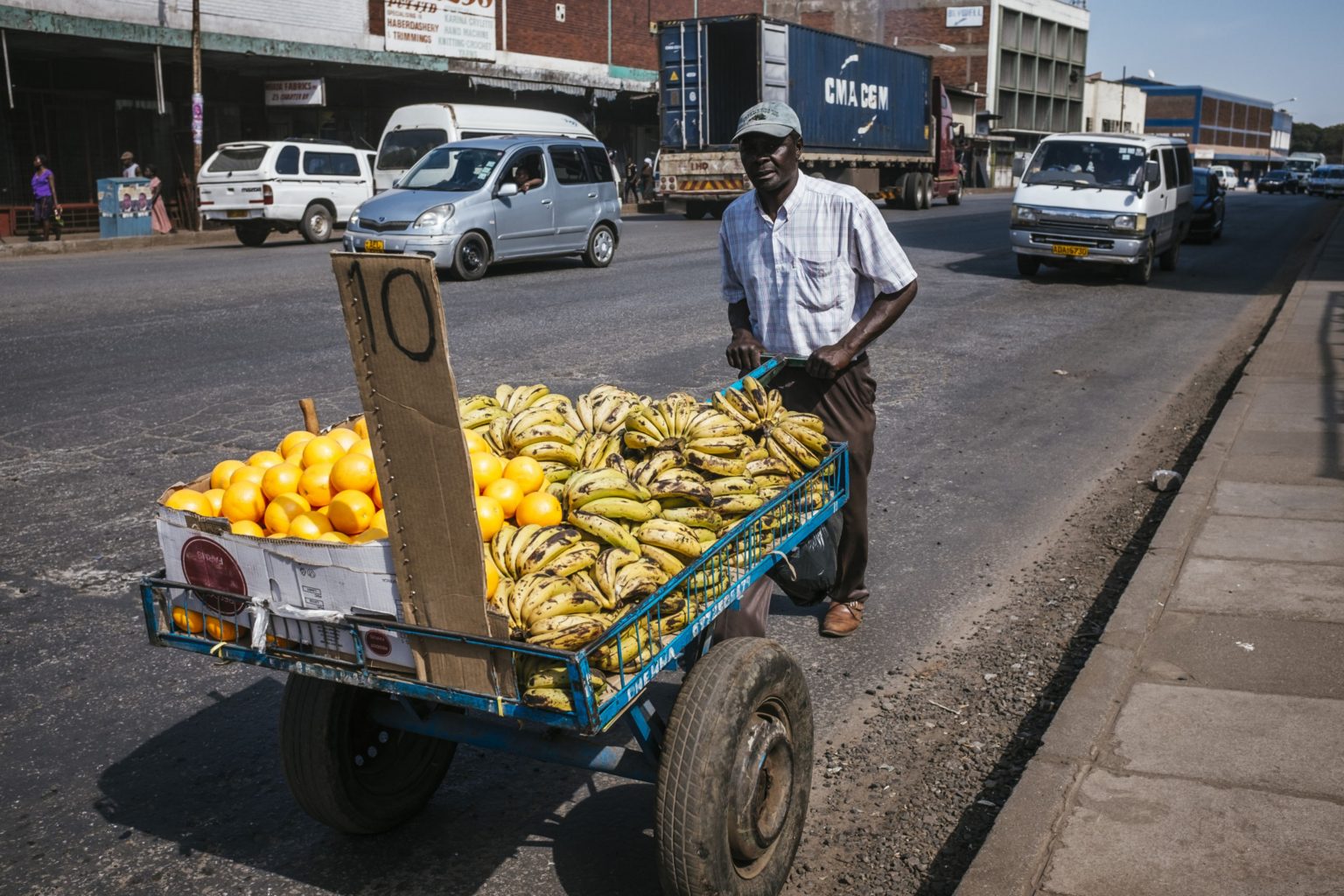After two years of three digits, Zimbabwe inflation drops to 56%

Zimbabwean inflation slowed to double digits in July for the first time in more than two years.
Consumer prices rose 56.37% from a year earlier, compared with 106.6% in June, the Zimbabwe National Statistics Agency said Tuesday in an emailed statement. The last time the southern African nation’s inflation rate was not in triple digits was in May 2019. Costs climbed 2.56% in the month.
Inflation started spiraling out of control toward the end of 2018 and peaked at 837.5% almost two years later. The acceleration was largely due to a number of missteps that led to a cash scarcity in the country. Its currencies, comprising bond notes theoretically pegged to the dollar and an electronic currency known as RTGS$, mostly used for commercial transactions, plunged.
The parallel system was scrapped and replaced by the reintroduction of the Zimbabwe dollar 2019. A moved last year to allow the exchange rate to be set by an auction system instead of a fixed peg to the US dollar has helped stabilise the currency and bring price growth down.
John Mangudya, governor of the Reserve Bank of Zimbabwe, said with double-digit inflation, maintaining economic stability was key.
“Our plan going forward is to have stable inflation, as this will help bring price stability in the economy,” Mangudya saidby phone Tuesday.
The central bank sees inflation slowing to below 25% by year-end.

